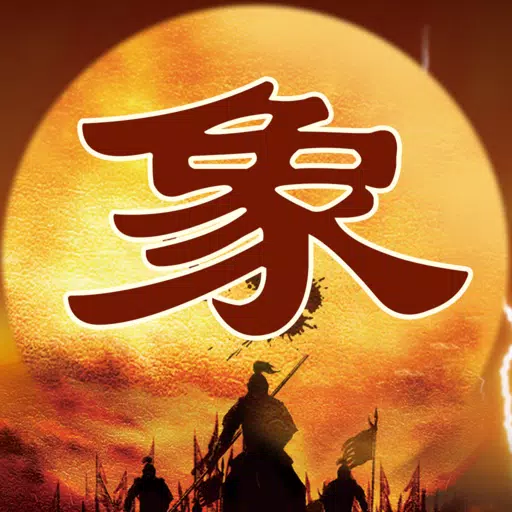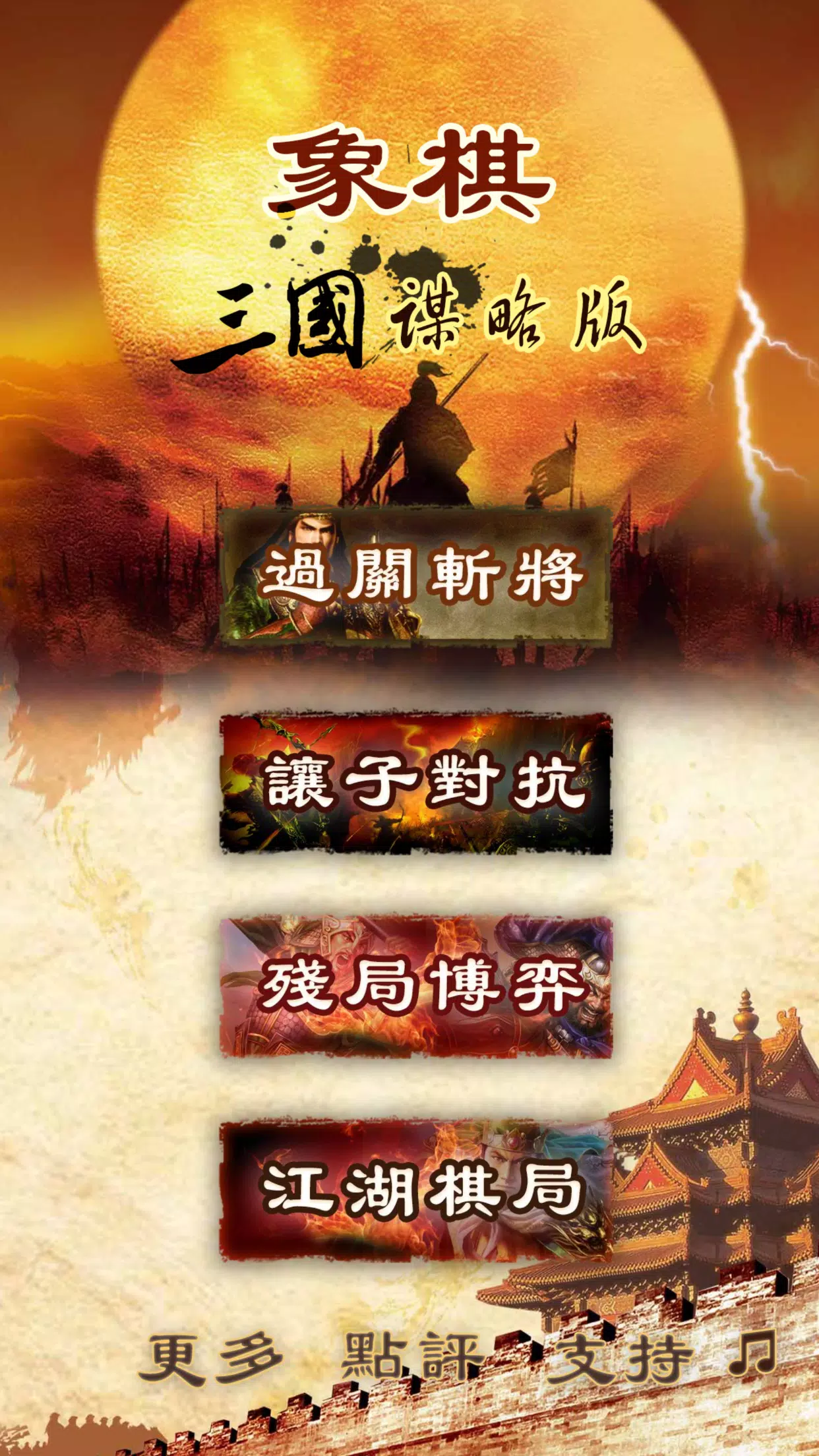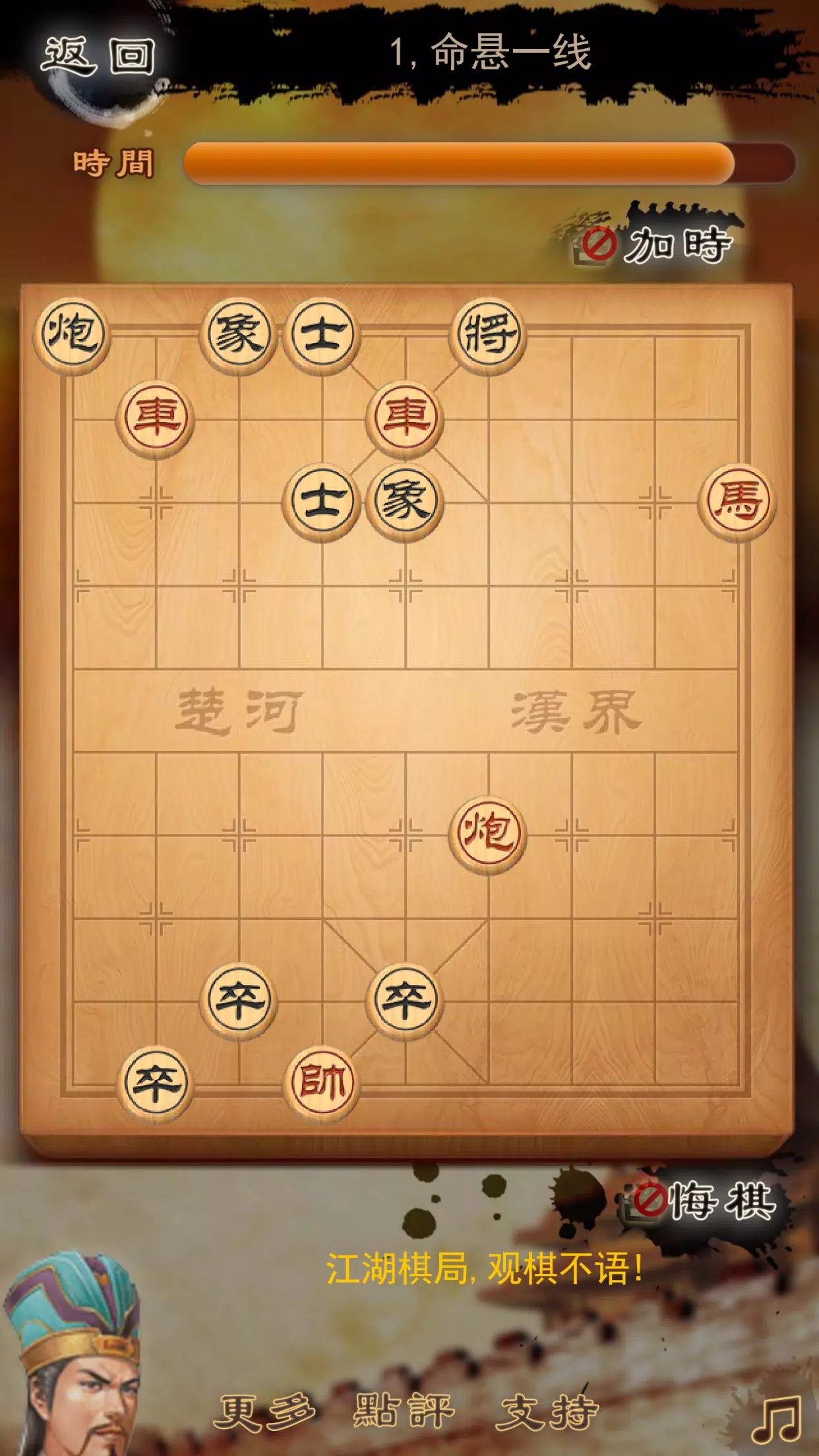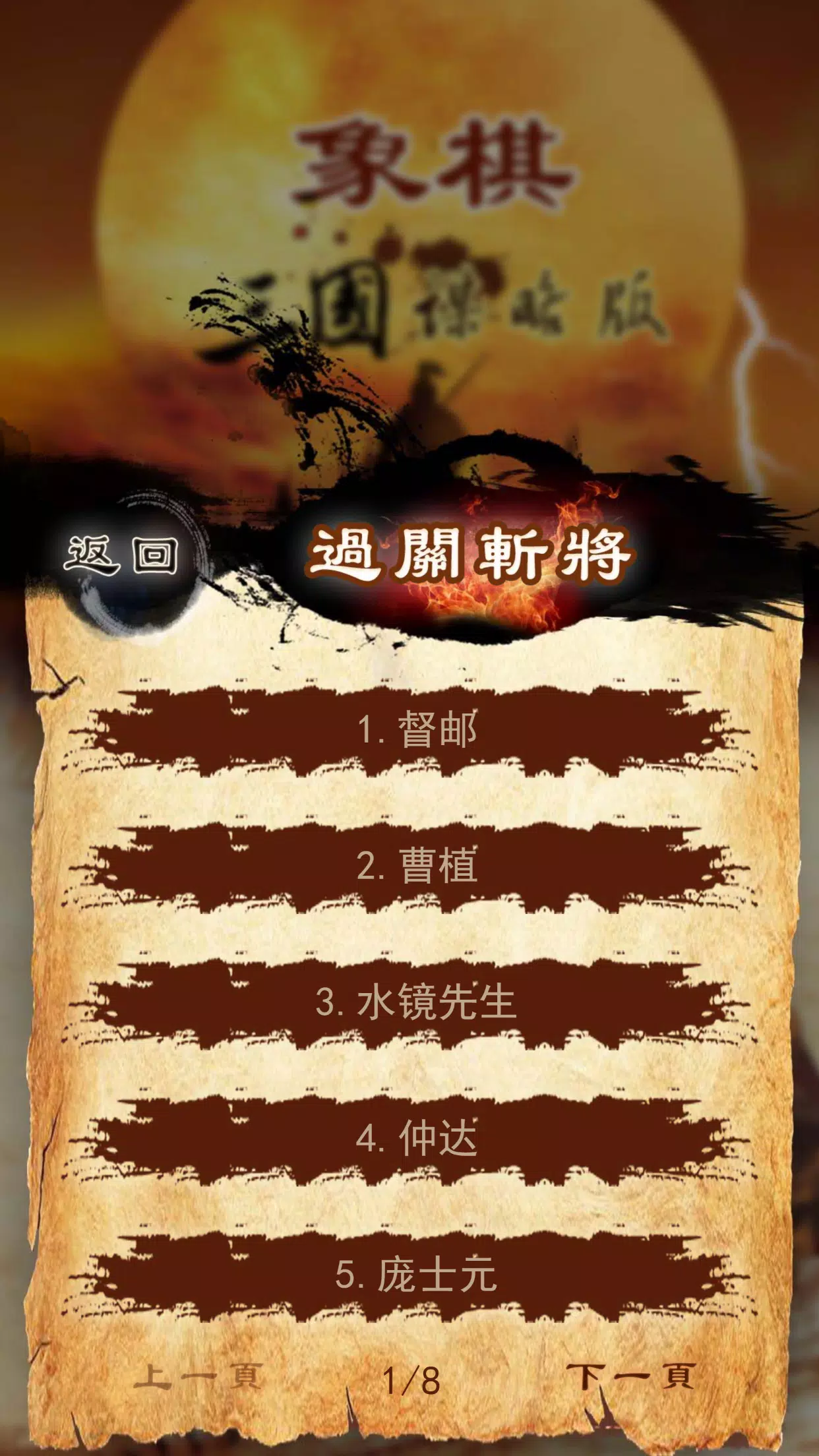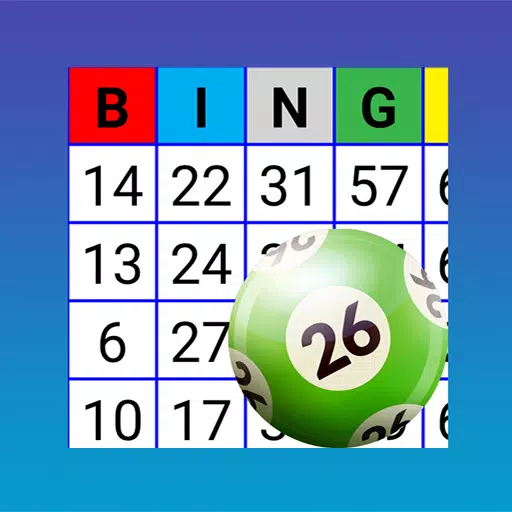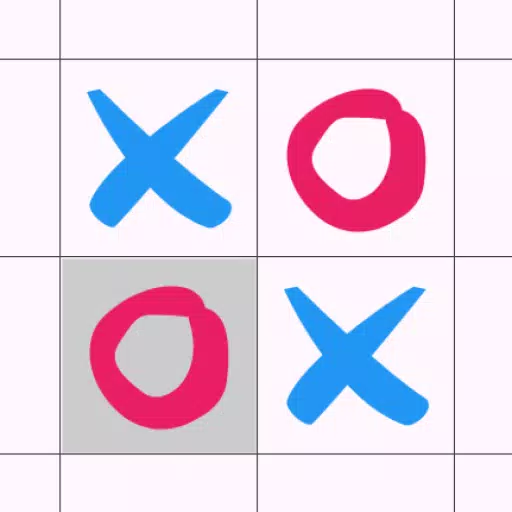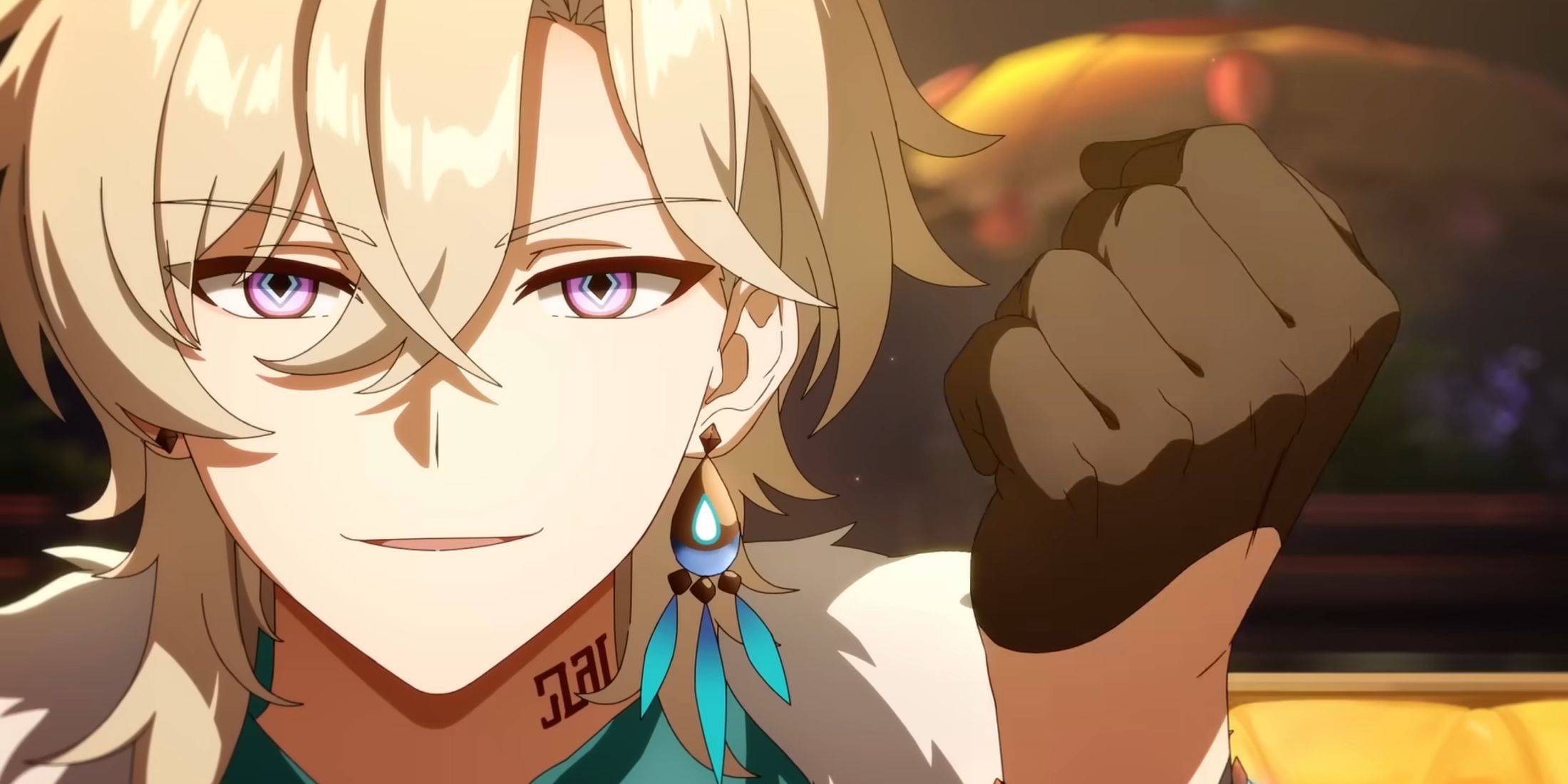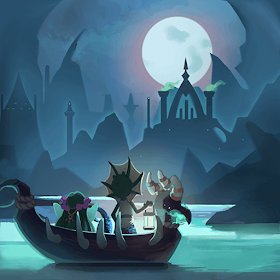A chess game that beautifully integrates the theme of the Three Kingdoms, offering a variety of gameplay modes, allows players to conquer all levels, challenge all heroes, and quickly master the intricacies of the chess endgame. Xiangqi, a traditional Chinese chess game, is a two-player strategy game with a rich history. Its simple yet engaging gameplay has made it a popular pastime.
Chess Pieces
Xiangqi features thirty-two pieces, split evenly between the red and black teams, with each team comprising sixteen pieces across seven distinct types. Here's the breakdown:
- Red Pieces: 1 General (Shuai), 2 Chariots (Ju), 2 Horses (Ma), 2 Cannons (Pao), 2 Advisors (Shi), 2 Elephants (Xiang), and 5 Soldiers (Bing).
- Black Pieces: 1 General (Jiang), 2 Chariots (Ju), 2 Horses (Ma), 2 Cannons (Pao), 2 Advisors (Shi), 2 Elephants (Xiang), and 5 Soldiers (Zu).
General (Shuai/Jiang)
The red team's leader is called "Shuai," while the black team's leader is "Jiang." Both are pivotal figures in the game, and the ultimate goal is to capture the opponent's General. They are confined to the "palace" or "nine houses," moving one square at a time horizontally or vertically. It's forbidden for the two Generals to face each other directly on the same vertical line, as this results in an immediate loss for the player who moves into this position.
Advisor (Shi)
Known as "Shi" on both teams, Advisors are also restricted to the palace. Their movement is limited to diagonal steps within the palace, one square at a time.
Elephant (Xiang)
The "Xiang" (red) and "Xiang" (black) move diagonally, two squares at a time, a move known as "flying the field." Their range is limited to their half of the board and cannot cross the river. If another piece blocks the middle of their path, they cannot move, a situation referred to as "blocking the elephant's eye."
Chariot (Ju)
The Chariot, or "Ju," is the most powerful piece, able to move any number of squares along ranks and files, as long as no pieces block its path. Known for its ability to control up to seventeen points, it's often said that "one chariot can handle ten soldiers."
Cannon (Pao)
The Cannon, or "Pao," moves like a Chariot when not capturing, but to capture an opponent's piece, it must jump over exactly one intervening piece, friend or foe, a move known as "firing over the screen" or "crossing the mountain."
Horse (Ma)
The Horse, or "Ma," moves in an "L" shape, one square in one direction and then one square diagonally. It can reach up to eight points around it, hence the phrase "eight directions of majesty." However, if another piece blocks its initial move, the Horse cannot proceed, a situation called "hobbling the horse's leg."
Soldier (Bing/Zu)
Soldiers, known as "Bing" for the red team and "Zu" for the black team, move forward one square at a time and cannot retreat. Before crossing the river, they can only move straight ahead. After crossing, they gain the ability to move laterally, significantly increasing their strategic value, leading to the saying "a small soldier crossing the river can challenge a chariot."
Players take turns moving their pieces, embodying the strategic principles of Sun Tzu's Art of War, aiming to "subdue the enemy without fighting" and seeking to checkmate or trap the opponent's General to claim victory. The red team moves first, and the game continues until a winner is determined or a draw is reached. Through the dynamic interplay of attack and defense, reality and deception, and overall strategy versus local tactics, Xiangqi players can enhance their cognitive skills and strategic thinking.
Tags : Board

